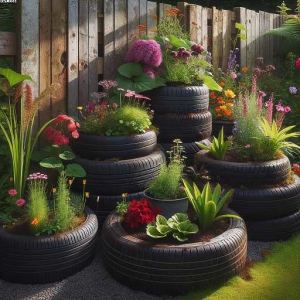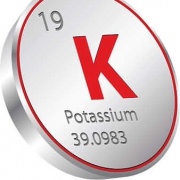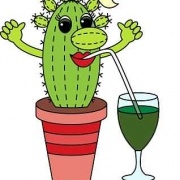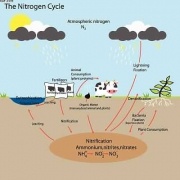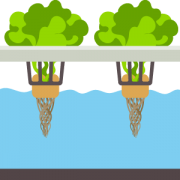Hydrostore-Potassium
Hydrostore-Potassium
Hydrostore-Potassium
Of course Potassium is the third important nutrient in my list. This element helps your precious plants to move and form sugars, starches and oils in plants. Thus increasing the plants vigour and also helping in warding off diseases. The correct dose of Potassium will also improve your plants fruit and flower quality.
Certain soils are devoid in this element. Notably, sandy types of soil. Potassium can also become deficient in soils that are over grazed and also where plants are grown in intensive cropping. A good example of this is the growing of banana plantations.
Potassium has many plant benefits
Including the regulation of opening and closing the stomata, thus regulating Co2 uptake. This of course occurs in “Photosynthesis”. I try not to be too technical potassium will trigger the activity of ATP (Adenosine Triphosphate).
ATP is a very important source of energy stimulating chemical processes within the plant. Yet another major role of potassium is the regulation of the plants water take up. Importantly, through the plant roots and also water loss through the stomata. Potassium is also known to improve the plants drought resistance.
Many growth enzymes are also activated by Potassium.
Alg·A·Mic is a revitalising product that contains a low level of NPK (Nitrogen, Phosphorus and Potassium) – making it impossible to overdose.
It can be added to every substrate during the flowering and growing period. Of course like most plant growers then nutrients could be a little difficult to understand! However most producers of the chemicals make it easy and your local Hydrostore are always there to help.
